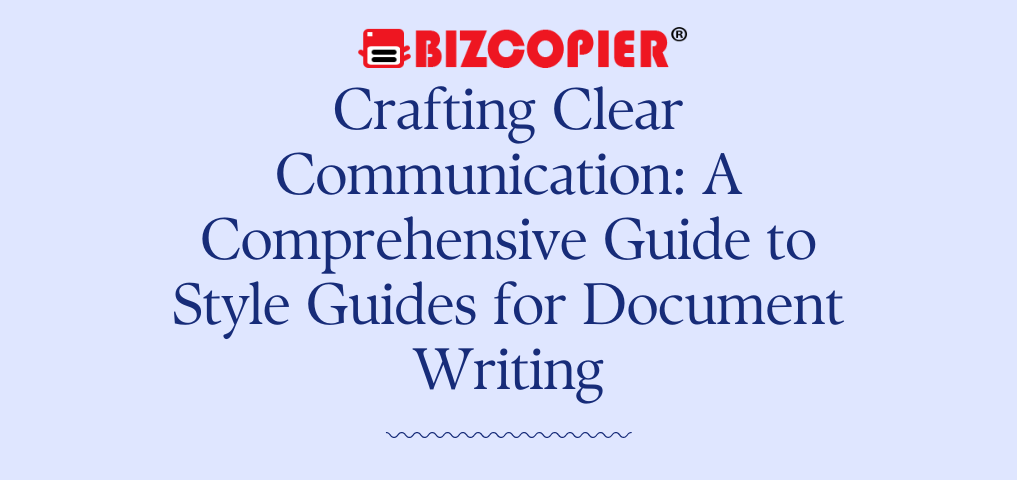
Posted on by admin Posted in Blog, UncategorizedTagged BIZCOPIER, bizcopier solutions, cheap copier, copier, mesin fotostat
Crafting Clear Communication: A Comprehensive Guide to Style Guides for Document Writing (Advanced)
Building upon the foundation laid in the previous part, this guide delves deeper into the intricacies of crafting sophisticated and impactful style guides for diverse writing scenarios.
Tailoring the Style Guide:
- Specificity: Don’t create a one-size-fits-all guide. Consider tailoring specific sections for different document types (reports, proposals, emails) or target audiences (internal teams, external clients).
- Level of Detail: Adapt the level of detail to the audience’s expertise. For experienced writers, a concise guide with key principles might suffice. For less experienced writers, detailed explanations and examples might be crucial.
- Cultural Considerations: If your audience spans diverse cultural backgrounds, consider incorporating guidelines on sensitive topics, avoiding offensive language, and ensuring clear and concise communication that transcends cultural barriers.
Advanced Elements to Consider:
- Visual Guidelines: Include recommendations for using visuals like charts, graphs, and images effectively. Specify appropriate formats, sizing, and color palettes to enhance clarity and maintain visual consistency.
- Inclusive Language: Promote inclusivity and avoid biased language by providing guidelines on using gender-neutral pronouns, avoiding stereotypes, and respecting diverse identities.
- Accessibility Best Practices: Ensure your documents adhere to accessibility best practices, such as using alt text for images, proper heading structures, and font sizes that cater to diverse visual needs.
- Style Guide Enforcement: Determine how the style guide will be enforced. This could involve training sessions, online resources, or integrating style checker tools into writing workflows.
Additional Tips:
- Version Control: Implement a version control system for your style guide to track changes, maintain a historical record, and facilitate communication of updates.
- Style Guide Champions: Identify and empower “style guide champions” within your organization who can advocate for the guide’s use, answer questions, and provide support to document creators.
- Seek Inspiration: Research and analyze established style guides from reputable organizations or publications in your field to gain valuable insights and inspiration.
Remember, a well-crafted style guide is a dynamic document that evolves alongside your organization’s needs and communication practices. Regularly solicit feedback from users, track its effectiveness, and adapt the guide to maintain its relevance and effectiveness in fostering clear and impactful communication.


MPC3503 ( rent & purchase ) (5)
MPC3503 ( rent & purchase ) (6)
